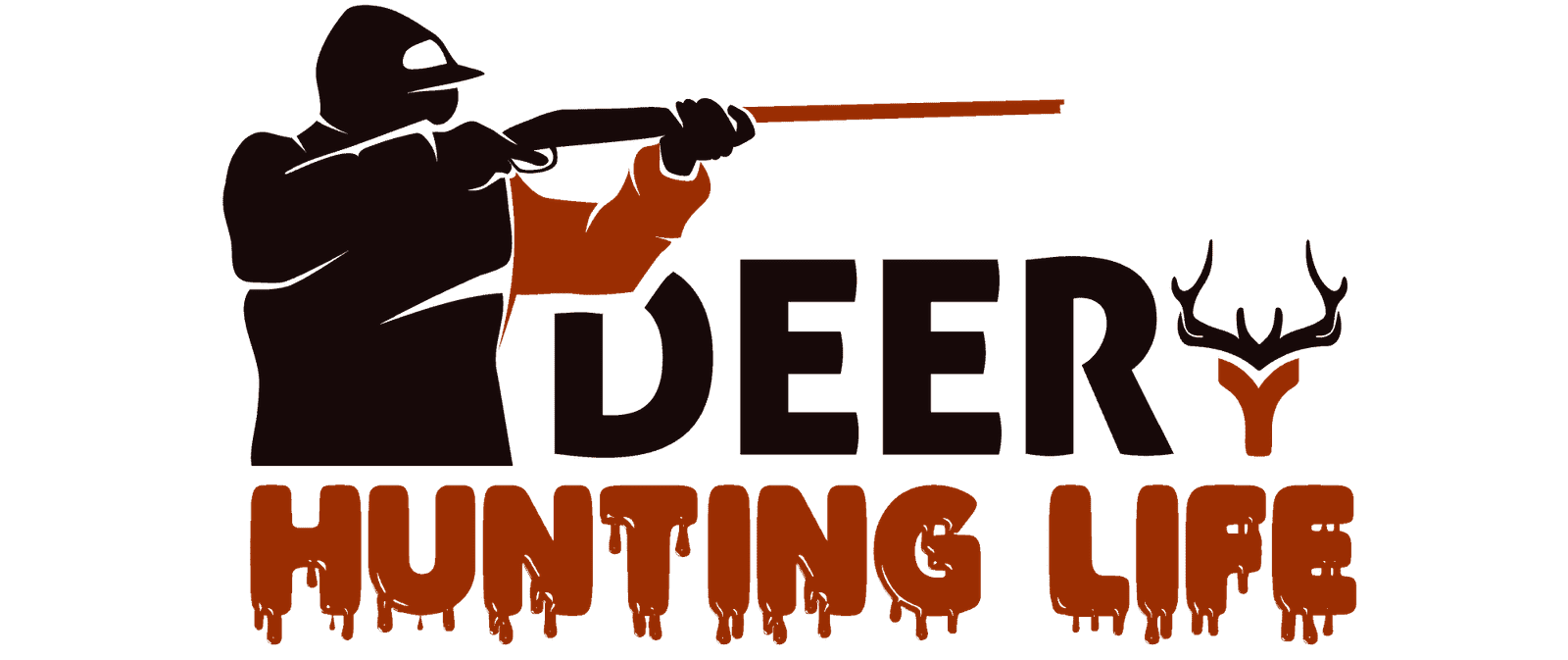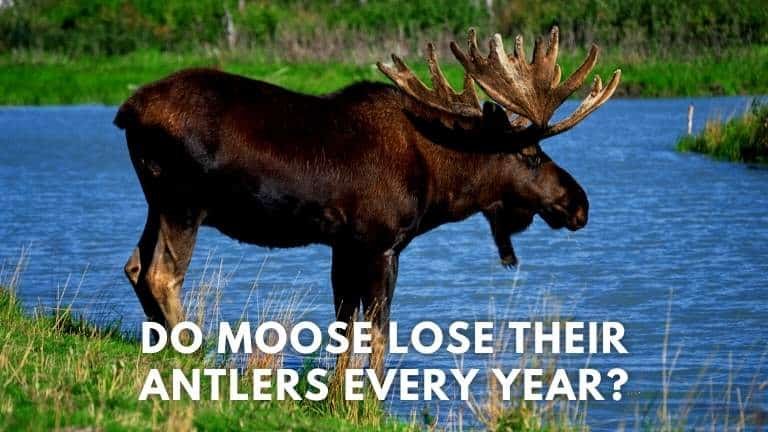Moose, the largest member of the deer family, are magnificent animals to see in the wild. Their magnificent antlers, which may reach six feet in length and weigh up to forty pounds, are what they are most famous for. They are known for losing their antlers but do moose lose their antlers every year?
Moose and other deer relatives shed their antlers every year, and the process is thought to be painless. Usually both antlers are shed within hours or days of one another.
Do Moose lose their antlers every year?
Because of the amounts of testosterone in their bloodstream towards the conclusion of breeding season, moose and other members of the Cervidae family shed their antlers.
Every winter, bull moose shed their antlers, and the following spring they develop a fresh set. While they develop, these young antlers are coated in velvet, which supplies them with the blood they require to mature. They start to shed this velvet layer as mating season approaches, leaving them with gleaming new antlers to scare and vanquish their rivals.
Antlers fall from the Mooses’ heads after the rutting season, or the mating season, is through. Usually, both sides fall at the same time, but this can occasionally happen. Every year, Mooses shed their antlers.
Once the blood levels of the hormone testosterone begin to decline, moles are able to shed their antlers. The moose’s antlers are made of dead bone tissue that is not attached to the skull. Instead, it rests in the pedicle, a formed region. This is why moose feel no pain when they shed their antlers.
Why do moose shed their antlers?
We have found out that the most important reason why moose shed their antlers is to lose weight fast. Antlers are a feature unique to male moose, and testosterone controls their growth. Removing the weight of these enormous structures frees moose of up to 60 pounds of weight, allowing them to store more energy for the winter.
Antlers can be seductive, though, during breeding season. The lucky one who does the breeding will be the male who has the biggest pair of antlers and can show them off to prospective girlfriends.
So, another reason for shedding their antlers is because they don’t like their current ones and want a new pair which will be larger.
Do moose regrow antlers every year?
Moose are the largest species of deer in the world, and like their smaller relatives the males shed old antlers and grow new ones every year.
How long does it take for a moose antler to grow back?
Antlers are one of the fastest-growing tissues of an animal and I have seen up to 20 centimeters inches of antler growth in a span of nine days. Around September, male moose’s testosterone levels rise, which causes the velvet to fall out and the antler bone to stiffen.
What animal loses their antlers every year?
All male members of the deer family in North America shed their antlers annually, including Moose, Whitetail Deer, Blacktail Deer, Sitka Deer, Couse Deer, Reindeer, and Caribou. The only deer species in which the female also grows antlers is the reindeer and the caribou!
Does shedding antlers hurt?
Antlers drop annually in late winter, typically January through March. The dropped antlers are called “sheds” and the process does not hurt the buck. The antlers regrow from spring through summer and are often larger than the preceding year.
Does a female moose have antlers?
Female moose, called cows, don’t grow antlers. However, the spectacular headgear worn by men is constructed from bone that extends from the skull.
What happens to deer antlers when they fall off?
Antlers are made of bone or calcium which doesn’t decompose as flesh does. Some do get carried off and chewed on by members of the canine family. If they are buried by leaves and soil, they will eventually breakdown but not quickly.
Do antlers have blood in them?
During this growing period the buck’s antlers are covered in a soft layer of skin tissue called ‘velvet’. Underneath this velvet layer are nerves and blood vessels that support the fast antler growth.
Do antlers grow back if cut off?
Yes, the new pattern is remarkably similar – at least until old age, when malnutrition may interfere. The process of antler regeneration and the chemical signals involved are incompletely understood.

